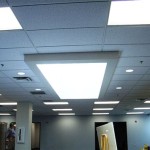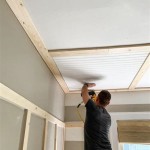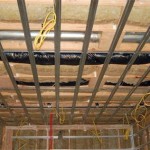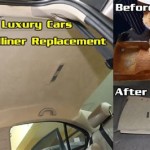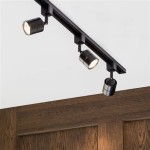Is Mold On Ceiling Dangerous?
Mold is a type of fungus that can grow on a variety of surfaces, including ceilings. While some types of mold are harmless, others can cause health problems. It is important to be able to identify the different types of mold and know when it is necessary to take action to remove it.
The most common type of mold that grows on ceilings is Aspergillus. Aspergillus is a type of fungus that can cause a variety of health problems, including allergies, asthma, and respiratory infections. Aspergillus can also produce mycotoxins, which are toxic substances that can cause a variety of health problems, including cancer.
Another common type of mold that grows on ceilings is Cladosporium. Cladosporium is a type of fungus that can cause a variety of health problems, including allergies, asthma, and respiratory infections. Cladosporium can also produce mycotoxins, which are toxic substances that can cause a variety of health problems, including cancer.
If you see mold on your ceiling, it is important to take action to remove it. The longer mold is present, the more likely it is to cause health problems. There are a number of different ways to remove mold from ceilings, including using a bleach solution, a vinegar solution, or a commercial mold remover.
If you are unable to remove the mold yourself, it is important to contact a professional mold removal company. Professional mold removal companies have the experience and equipment necessary to safely and effectively remove mold from your home.
Mold on ceilings can be dangerous, but it is important to remember that not all mold is harmful. If you see mold on your ceiling, it is important to identify the type of mold and take action to remove it if necessary.
How To Identify Mold On Ceiling
Mold on ceilings can be difficult to identify, especially if it is a light color. However, there are a few things you can look for to help you identify mold.
- Color: Mold can be a variety of colors, including black, green, brown, and white.
- Texture: Mold can be slimy, fuzzy, or powdery.
- Smell: Mold often has a musty or earthy smell.
If you see any of these signs on your ceiling, it is important to take action to remove the mold.
How To Prevent Mold On Ceiling
There are a number of things you can do to help prevent mold from growing on your ceiling.
- Keep your home dry. Mold needs moisture to grow, so it is important to keep your home as dry as possible. This means fixing any leaks, using a dehumidifier in humid areas, and ventilating your home properly.
- Clean your ceiling regularly. Mold spores can easily settle on your ceiling, so it is important to clean your ceiling regularly. You can use a bleach solution, a vinegar solution, or a commercial mold cleaner to clean your ceiling.
- Inspect your ceiling regularly. Mold can grow quickly, so it is important to inspect your ceiling regularly for any signs of mold. If you see any mold, take action to remove it immediately.
By following these tips, you can help prevent mold from growing on your ceiling and keep your home healthy.

Is Black Mould Dangerous Timberwise

How To Remove Mold From Bathroom Ceilings The Short Guide

What Causes Black Mould On Ceilings

Ceiling Mold Growth Learn The Cause And How To Prevent It Environix

How To Remove Mold From Bathroom Ceilings The Short Guide

Ceiling Mold Growth Learn The Cause And How To Prevent It Environix

Ceiling Mold Growth Learn The Cause And How To Prevent It Environix

Ceiling Mold Growth Learn The Cause And How To Prevent It Environix

Ceiling Mold Growth Learn The Cause And How To Prevent It Environix

Mold On Bathroom Ceiling How To Remove From Ceilings

